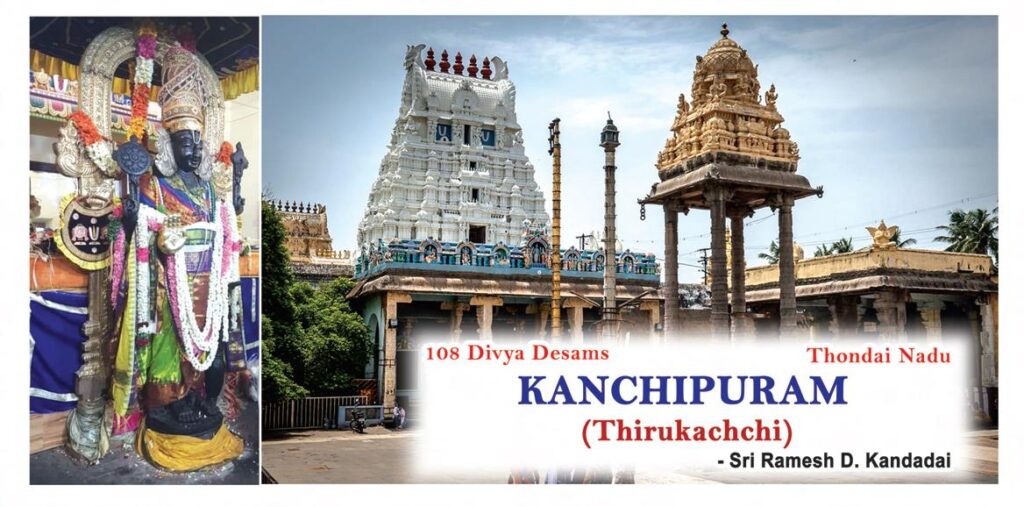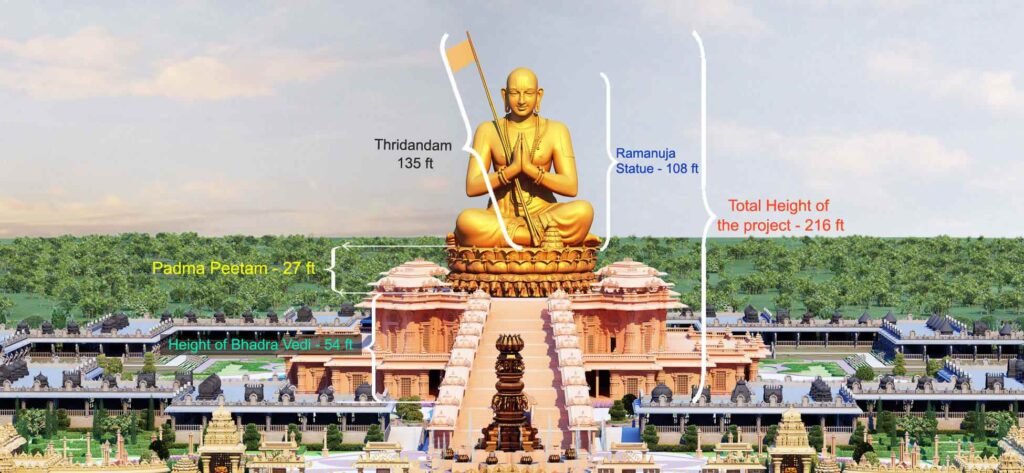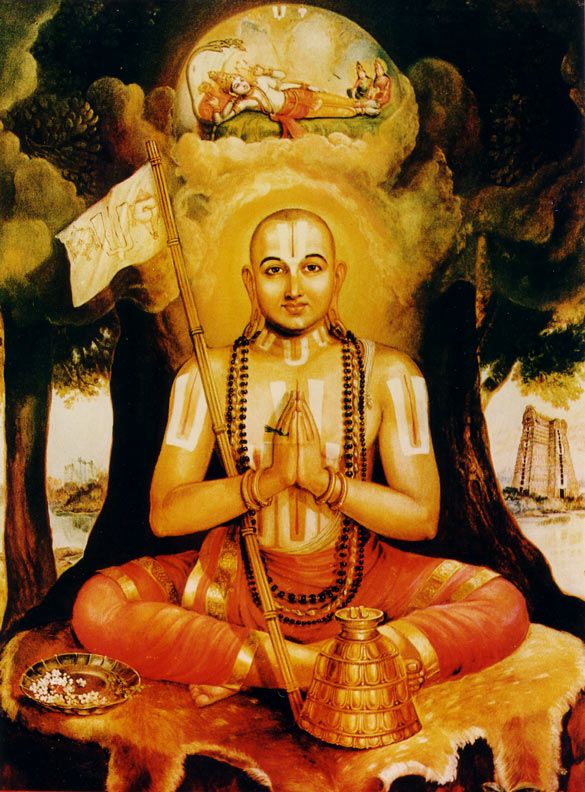Kanchipuram – Location
The famous town of Kanchipuram or Kanchi or Thirukachchi is located 75km due west and a little south of the capital city of Chennai in the south Indian state of Tamil Nadu. Since the Chennai Bengaluru highway goes right by the town, connectivity is no problem.
Kanchipuram – Google Maps Location
There is ample bus and train connectivity as well. The nearest airport is Chennai airport. Kanchi is a significant pilgrim centre to personify Hinduism in all its diversity. All religions flourish. Even today one can identify areas labelled as Vishnu Kanchi, Saiva Kanchi, and Jeena Kanchi.
The great poet Kalidasa wrote:
“Pushpeshu Jati. Purusheshu Vishnu. Nareeshu Rambha. Nagareshu Kanchi”.
Of all cities, he judged Kanchi as the best. At any time, some three or four religions flourished. It was also a centre of learning. It was referred to as Gatikasthan, the Seat of Knowledge. Persons such as Sri Ramanuja spent their formative years in and around Kanchi. At least as far as Srivaishnavism is concerned the list of eminent scholars contributed by this town is endless.
Sri Ramanuja, Sri Kuresa, Sri Kanchipurna, and Sri Vedanta Desika are just the stalwarts that readily come to mind. It has contributed two Alwars from its environs namely Thirumazhisai Alwar and Poigai Alwar. The latter was born at Kanchi in the Yatokthakari temple area.
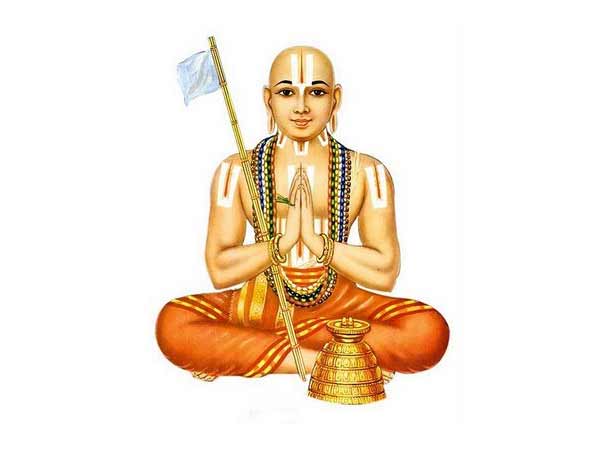
The first three or four Alwars were the starting point of the Bhakti movement. A few towns in India can claim this kind of contribution. For the most part, at least three out of every five eminent personalities in Srivaishnavism were from Kanchi within a radius of fifty km around the town. It is almost as if God made Kanchi for learning and teaching.
15 Divya Desams in Kanchi
As far as temples are concerned, there is no street in Kanchi that has no temple. Taking a few of the major religions like the Srivaishnavism, and the Shaivism there are more than thirty-five major temples. It is estimated that there are fifteen ‘Divya Desams’ in Kanchi alone. It is also said that there are more than a hundred Shiva temples.
At one stage it came heavily under the Pallava influence. They ruled the area between 200 CE to 900 CE approximately. Their influence can be seen in Kanchipuram and Mamallapuram on the coast. They supported the construction of many temples in their kingdom.
Explore more about Kanchipuram
Sri Varadharaja Perumal Temple
Sthalapuranam
Legend has it that Lord Brahma tried to perform a ‘yajna’ without his wife Saraswati. She got angry and She tried to attack the place of ‘yajna’ so that the ‘yajna’ would remain incomplete. She sent darkness which Lord Vishnu nullified in the form of a lamp. Hence it is Deepa Prakasar (Thoopul Temple). Then She sent an eight armed Kali to destroy the place. The Lord took the form of eight-armed Nrusimha and overcame Her. Hence it is Ashtabhuja Perumal Temple.
Google Maps Location – Arulmigu Sri Varadharaja Perumal Temple
Then She became a river in flood called Vegavati and wanted to fill the ‘yajnasala’ with a terrible flood. The Lord rested in the path of the river (Yatokthakari Temple – Vegasethu) like a dam. She went underground to avoid coming into contact with Him.
Finally, the Lord rose completely in the Punnyakoti Vimana as the ultimate King of Boons (Varadharajan) from the ‘yajna’ flames. The marks of the fire can be seen on the face of the ‘utsava idol’ even today.
In Tirumala and in Srirangam, the Moolavar or main resident idol is ‘Swayam Vyakta’ (Self-Manifest).
Touching Lizards
In Kanchipuram, the ‘utsavar’ (idol seen outside the temple by all) is ‘Swayam Vyakta.’ Just outside the sanctum are two lizards made of precious metal. Legend is that if one touches them and then has the ‘ darshan’ of the Lord, they will be cured of all ills.
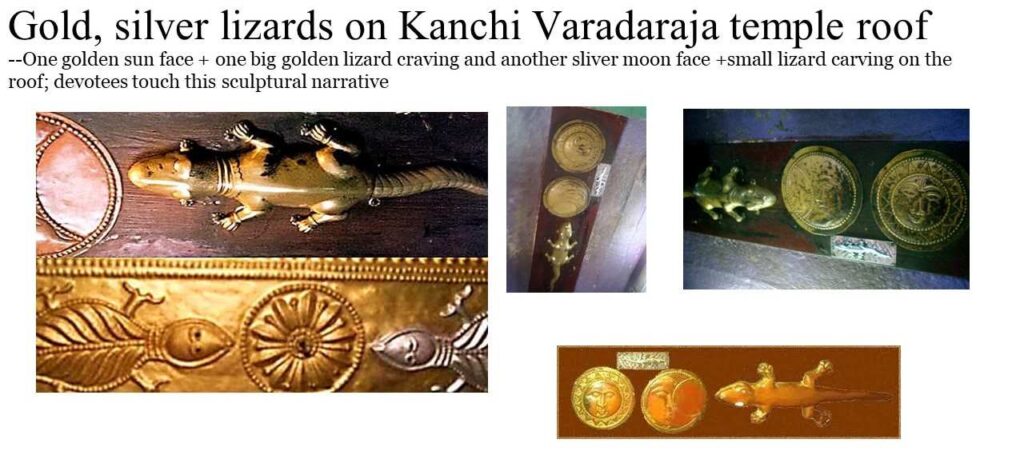
Legend is that Rishi Sringibhera had two sons who were cursed by their teacher Gautama to become lizards. They were released from their curses by Sri Varadaraja and attained ‘moksha.’
Perundevi Thayar Shrine and Nrusimha Shrine
The Yoga Nrusimha shrine below Hastigiri Hill facing east is considered by many to be the original shrine in this temple. Many will first worship at Perundevi Thayar and Nrusimha shrines before worshipping Sri Varadaraja at the main sanctum.
Special features
The Lord is called Devadhirajan or Perarullalan or Theperumal or Varadharajan or Varadhan or Athiyuraan or Pranatharthiharan. The Lord is deemed to be a local king and is given all the appropriate honours. He has many other names. The universal mother is known as Perundevi or Mahadevi. She does not come out of the temple (Padi Thandaa Patni).
The temple tank is Ananthasaras. The Vimana above the Lord is Punyakoti and the one above the Universal Mother is Kalyanakoti. The place is known as ‘Satyavrata Kshetram.’
The original main (Moolavar) idol of Sri Varadharaja was made of Athi wood. It is now kept underwater in the Ananthasaras temple tank and brought out for display and worship only every forty years. During that time, for twenty-four days he will be in standing posture or ‘nindra thirukkolam.’
Then another twenty-four days he will be at rest or ‘sayana thirukkolam.’ After the forty-eight days, He returns to His underwater abode in the Anantasaras for the next forty years.
Seevaram Paarvettai
One legend is that the present idol which is made of stone from a nearby (about 20km away due east) village called Pazhaiyaseevaram on the banks of the river Palar. To honour this, the Lord visits the village every year on the day after Sankranthi. He is carried on foot by bearers along the north bank of the river on the way out and then along the south bank of the river on the way back.
The Lord visits most villages along the banks of the river. This festival is known as Seevaram Paarvettai.
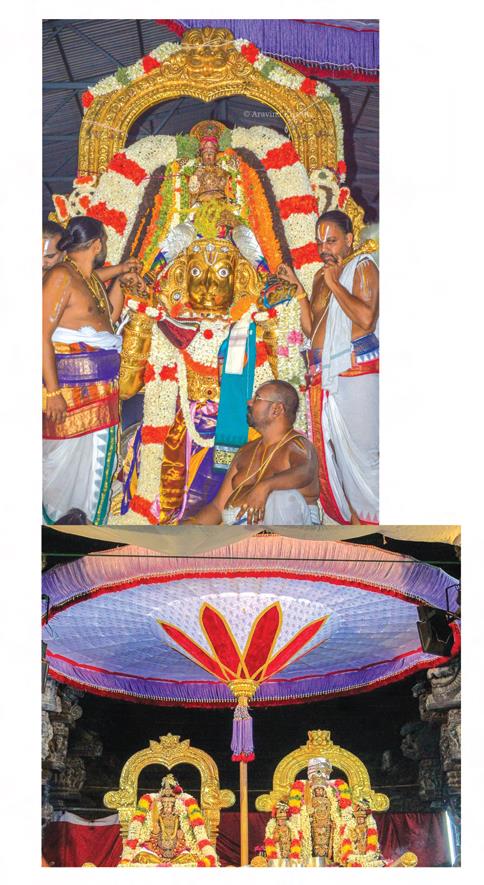
Sri Ramnuja & Sri Kanchipurna
Sri Ramanuja was saved from being lost in the forest by the Lord and Mother who appeared before him as a hunter couple and guided him back to the temple. For many years Sri Ramanuja used to bring water for the Lord’s daily Thirumanjanam.
Sri Ramanuja asked Sri Kanchipurna to obtain answers to six questions which Sri Varada answered through Sri Kanchipurna. These six questions are very important to every Sri Vaishnava. They relate to the relationship between the Jeevatman and the Paramatman and the manner of attaining ‘moksha.’
It is Sri Varadan who gave Sri Ramanuja to Srirangam when Sri Periya Nambi appealed to him. Since the Lord gave up Sri Ramanuja to Srirangam, this temple is known as ‘Thyaga Mandapam.’
Gayatri Mantra
Sri Ramanuja bathed in Ananthasaras before taking ‘sannyasam’ and then worshipped the Lord in the sanctum. The climb up Hastigiri consists of twenty-four steps which is the same as the number of syllables in Gayatri Mantra. They are called Gayatri Steps.
PERUMAL KOIL
While Srirangam is referred to as simply “KOIL”, Tirumala as simply “TIRUMALAI”, Sri Varadharajaswamy temple is known simply as “PERUMAL KOIL”. Whenever the Lord is carried out of the sanctum, He is accompanied by Veda ‘parayanam’ and Prabhanda ‘parayanam.’
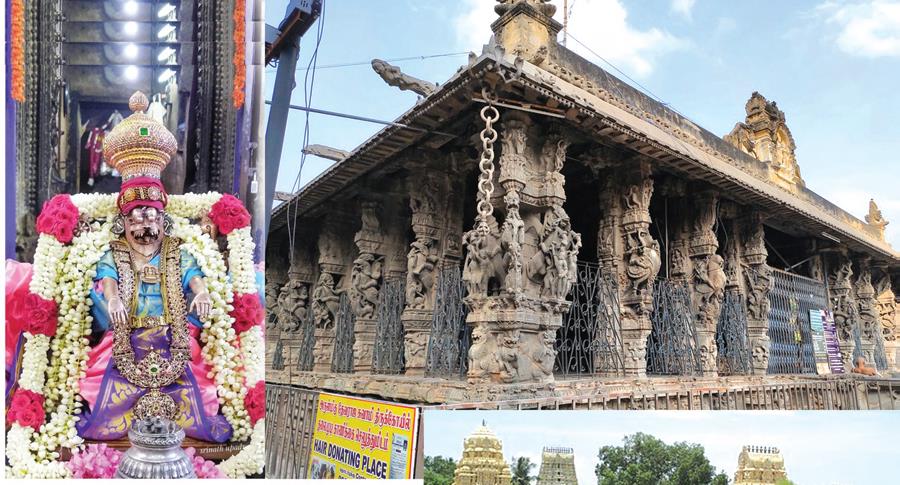
100 Pillared Hall
The carved single-piece stone chains hanging from the hundred-pillared hall are exquisite examples of the artisan’s skill. The Garuda Seva that happens every year on Vaikasi Visaka is very famous and attracts thousands of devotees. The same can be said of the Chariot Festival that happens a few days later.
This festival, conducted during Vaikasi, known as The Brahmotsavam, attracts thousands of devotees to the temple.
There are two gateways to the temple. The western entry and exit is the one in common use and the road leading to it is known as Sannidhi Street.
Mangalasasanam
In Irandaam Thiruvandhadhi, Sri Bhoothath Alwar speaks of this Lord in the 95th and 96th pasurams (2276 – 2277). He says He is the Lord who tore open Hiranyan’s chest. He has the colour of a blue gemstone. He has been around for a long time. He created time and other things required by us. He resides resting at Thirupaarkadal and He is always available for us in the temple on Athiyur. Athiyur is another name for the area of Kanchi where the temple is located.
In the next pasuram, the Alwar says He is the Lord who has Garuda as His vehicle. He also rests on top of Adhisesha. He is worshipped with the three fires and is praised in the Vedas. He is also the Lord for Rudra who ate the poison which came out of Thirupaarkadal during the churning to help the Devas. He is the Lord who resides on Athigiri.
In Pasuram 2307, Sri Pei Alwar in his ‘Moondram Thiruvandhadhi’ refers to the Lord of Kanchi as He who wears the Tulasi garland. He resides eternally in the temple and in the Alwar’s heart.
Sri Vedanta Desika wrote wonderful poetry about Lord Varadaraja in Tamil and Sanskrit. Sri Kuresa in his opening two stanzas of Sri Varadarajastavam has the best description of Sri Varadarajaswamy and Sri Perundevi Thayar.
May the Lord Pranatharthiharan standing on top of Hasthigiri as its AabhraNam confer on me all auspiciousness always! May that Lord, who has been described as the Supreme One without equal or superior by the Upanishads shower me with mangaLams always!
Adiyen seeks refuge at the lotus feet of the Lord of all devas, who is the possessor of the wealth of Daya, and who always thinks of the wellbeing of His creations. He has taken the vow to bless all of His Bhakthas, who seek Him with the boons of Purusharthams. He is like a limitless mine of auspiciousness. He is also the wealth principle for the Sarva Mangala SvarUpiNi, PerumdEvi ThAyAr” Herself.
– Translation from Sanskrit original by Oppiliappan Koil Sri Varadachari Satagopan.
Sri Perundevi Nayika samedha Sri Varadaraja Parabrahmane Namaha!.
Om Namo Narayanaya !
